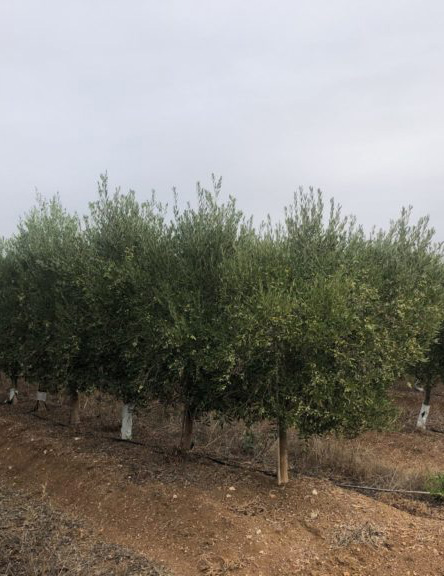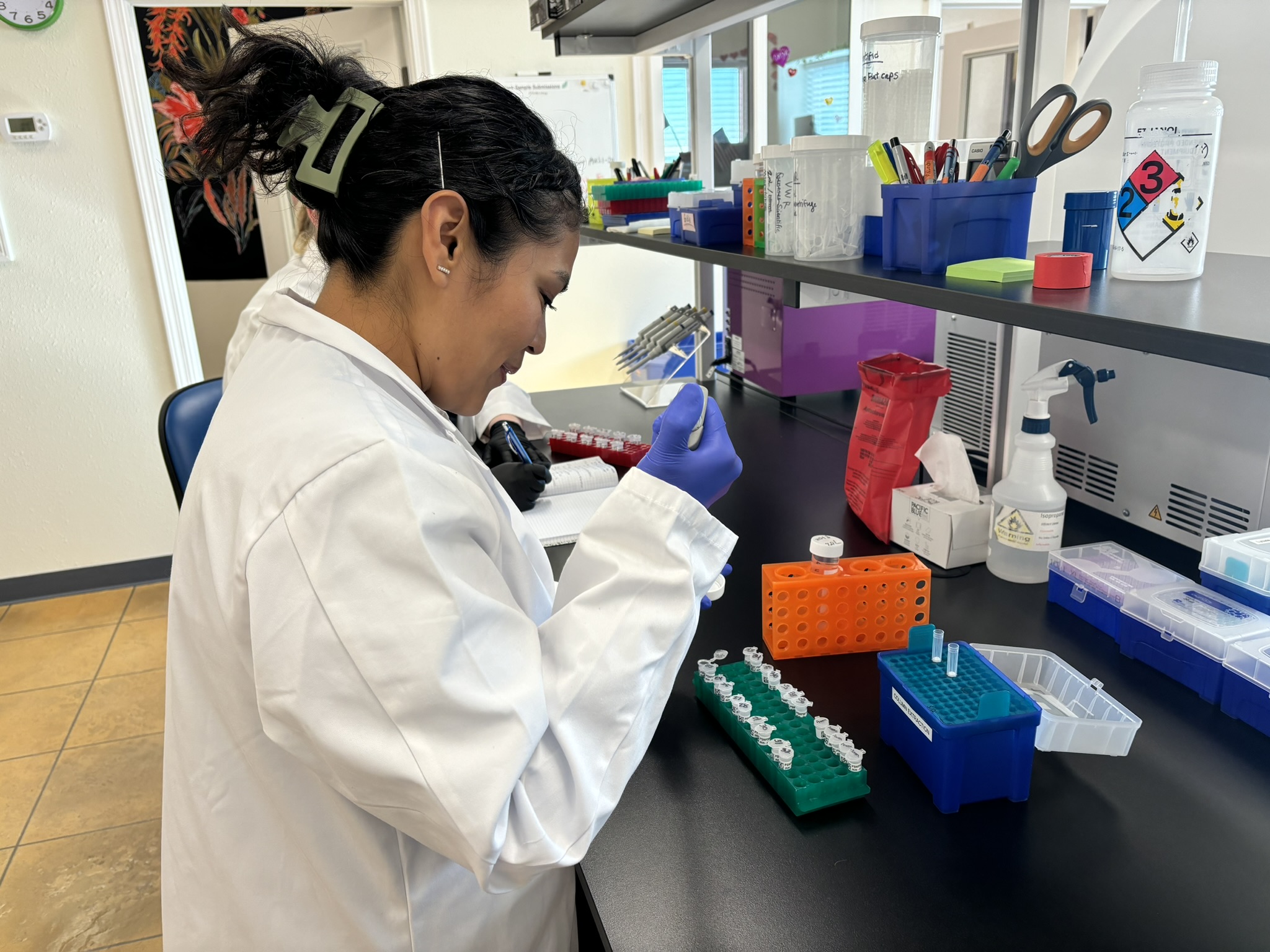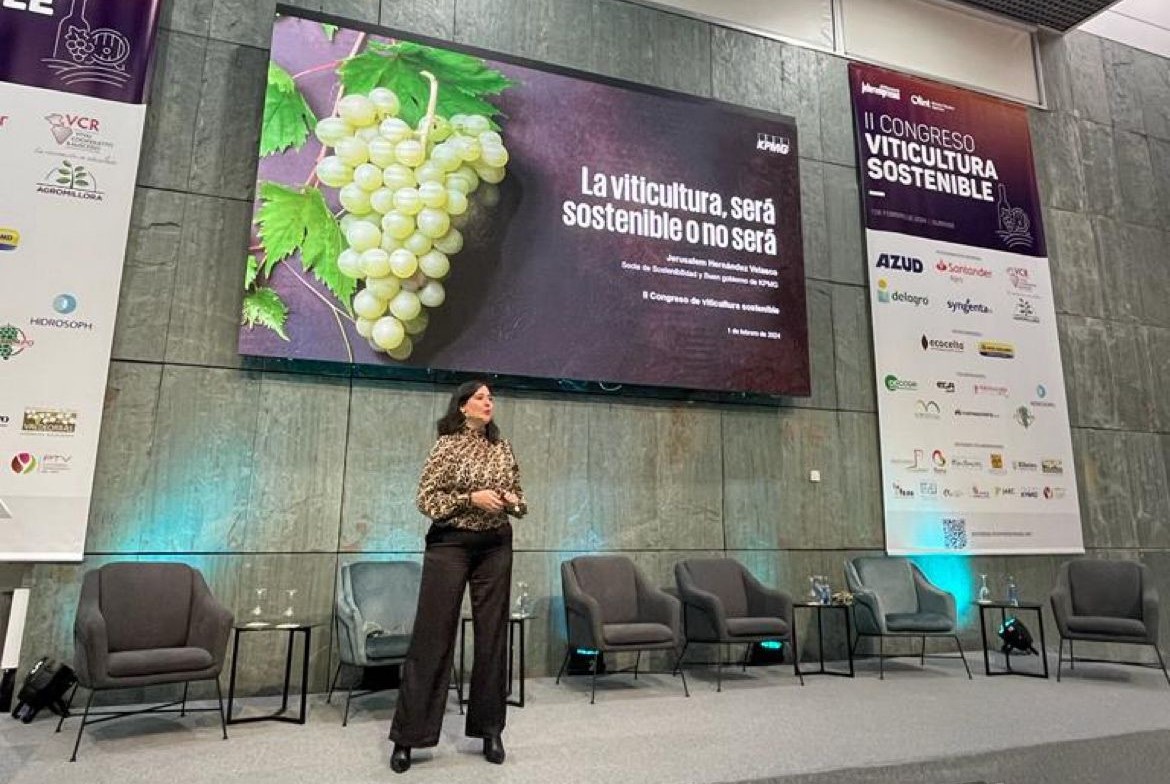Carbon capture by farmers and foresters, a new ecological business model
Building climate-neutral agriculture through carbon farming and EU certification, una riflessione di Miguel Arias Cañete, ex Commissario europeo per l’Energia e l’Azione per il Clima
Currently, emission offsetting in the agricultural sector in Spain is aimed at all organizations that have registered their carbon footprint in the “Registry of carbon footprint, offsetting and CO₂ absorption projects” of the Spanish Office for Climate Change. The Registry offers the possibility of offsetting all or part of one’s carbon footprint through a series of forestry projects within the national territory.
In the case of the forestry sector, actions that establish a new forest mass where none existed before can be registered. If woody plants (almond trees, citrus, walnuts, olive trees, etc.) are cultivated or if a plantation of woody plants is planned, it is not possible to register it as an absorption project if the purpose of the plantation is to use the fruit through agricultural means (irrigation, fertilizers, etc.), because this would not be an eligible project type in the Registry.
This restrictive interpretation is beginning to change following the European Commission’s communication of May 20, 2020, titled “From Farm to Fork,” which stated: “An example of a new ecological business model is carbon capture by farmers and foresters.” Agricultural practices that remove CO₂ from the atmosphere contribute to the goal of climate neutrality and must be rewarded, either through the Common Agricultural Policy (CAP) or other public or private initiatives (carbon markets). Furthermore, the Commission announced that it would develop “a regulatory framework to certify carbon removals based on rigorous and transparent carbon accounting that allows monitoring of removals and verification of their authenticity.”
The development of this regulatory framework was included in the EU work program for 2022. In December 2021, the European Commission presented another Communication titled “Sustainable Carbon Cycles.” It addresses carbon capture in agricultural soils as a business model. The Commission notes that a growing number of private initiatives for CO₂ capture in agricultural soils are emerging, where land managers sell carbon credits in voluntary carbon markets. The Commission adds that the potential for carbon capture in agricultural soils is significant and that “now is the right time to increase the supply of high-quality carbon credits at the EU level.”
Given the clear benefits of CO₂ capture in agricultural soils, the Commission wants to accelerate its expansion across the EU. To do so, several obstacles must be overcome, such as uncertainty or lack of public trust in the reliability of voluntary carbon market standards, concerns about environmental integrity, additionality or permanence, lack of availability, complexity, or high costs of robust monitoring, reporting, and verification systems.
The European Commission believes that the success of carbon capture in agricultural soils in Europe will be assessed based on the quantity and duration of carbon fixation in plants and soils through improved carbon capture and reduced emissions into the atmosphere. To successfully expand CO₂ capture in agricultural soils and establish long-term business prospects, it will be essential to standardize methodologies and rules for monitoring, reporting, and verification (MRV) of gains or losses in carbon fixation.
Currently, private schemes apply very different benchmarks and standards for carbon credits placed in voluntary markets. This leads buyers to doubt the quality of CO₂ capture credits offered, land managers to struggle to calculate potential earnings, and policymakers to hesitate to allow the use of these credits to comply with regulatory frameworks, making it difficult to develop a satisfactory market.
The European Commission states that all land managers must have access to verified data on emissions and removals by 2028 to enable widespread adoption of CO₂ capture in agricultural soils. Therefore, establishing a regulatory framework centered on a legislative proposal for certifying CO₂ removal will be a key step.
The Commission anticipated that this new EU regulatory framework for accounting and certifying CO₂ removal would be proposed by the end of 2022, supported by an impact assessment and consultation. Indeed, meeting the agreed timelines, on November 30, 2022, the Commission presented a proposal for a Regulation of the European Parliament and Council establishing an EU certification framework for carbon sinks.
This proposed regulation, currently under discussion, launches a voluntary framework for certifying carbon sinks and sets three criteria: quality criteria for carbon sinks occurring in the Union, rules for certifying carbon sinks, and rules for the Commission’s recognition of public or private certification systems. Only certification systems recognized by the Commission through a decision may be used by operators or groups of operators to demonstrate compliance with the requirements of this regulation. Public verification systems will be notified to the Commission by Member States. Private certification systems will be notified by their legal representative.
To ensure precise, harmonized, and efficient implementation of the quality criteria established in the regulation, the Commission will be empowered to adopt delegated acts establishing specific certification methodologies for permanent sinks, carbon storage products, and carbon farming.
Methodologies for carbon farming will be developed considering the goal of minimizing administrative burdens, especially for small-scale carbon farm operators, while ensuring high-quality carbon sinks.

Certification entities designated in certification schemes must be accredited by a national authority. Certification schemes must ensure that certification entities are competent to carry out the necessary audits to validate the information provided and are independent of operators.
The proper development of this regulation and its delegated acts will determine the launch of robust voluntary carbon markets that can be an important source of income for the agricultural sector and contribute to achieving the climate objectives assigned to the sector: reaching climate neutrality by 2035 and the Union’s target of a net annual removal of 310 million tonnes of CO₂ equivalent by 2030, to which Spain must contribute by removing 43.63 million tonnes.







